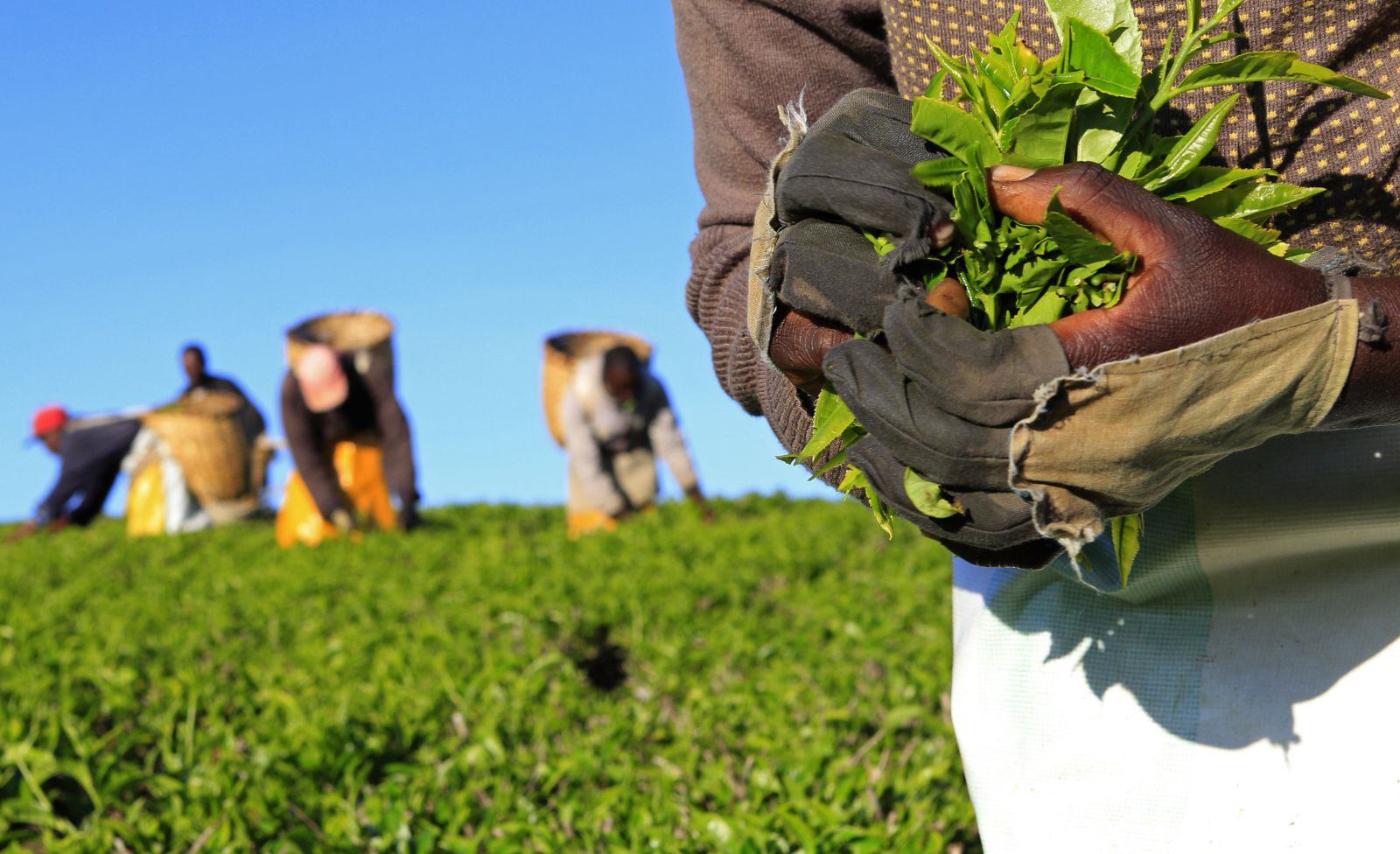The Majlis Research Center has called on the incumbent government to take compensatory measures in areas where the previous government fell short with regards to rural communities and their livelihoods.
In its latest report, the parliament’s think-tank provided details of a thorough study on the state of Iranian villages, and made ten recommendations to redress the problems in rural regions, as well as prevent an increasing trend in rural-urban migration, according to khabaronline.ir.
The report was presented by deputy head of the center, Mohammad Qasemi, to the new legislature which convened on May 28.
Taking stock of the fact that rural people are struggling to get by due to mismanagement and negligence on the part of the former government led by Mahmoud Ahamadinejad (2005-2013), the bipartisan research center urged the government to incorporate the recommendations in the policymaking process for the next five-year economic development plan (2016-2021) and remove the shortcomings.
The first proposal underlines the need for a more comprehensive and effective support for the agriculture sector.
Given the undeniable role of agriculture in eliminating urban-rural economic inequalities, and the efficacy of the agro sector in rural economic sustainability, the government should increase support through remunerative prices for farm products to increase farmers’ motivation, the report said.
It also touched upon the issue of farmers’ bad debts to banks and suggested that the government deposit its own money in the banks and use the interest earned to clear the bad debts.
The former government had ordered banks to give soft loans to farmers and small businesses. Most of those who took out the loans were unable to repay and banks suffered monumental losses due to the soured assets. As per reports, even the collateral that the borrowers put up was almost always paltry and banks were unable to get back their money.
Food Security
Given the undesirable state of food security and nutrition in rural areas, the third recommendation highlights the importance of modifying and improving the quality of food baskets provided to the target population.
The fourth round of the national food aid program which covers 10 million individuals comprising 3 million families was launched this year. The majority of the families who receive food aid are covered by the State Welfare Organization (SWO) and the Imam Khomeini Relief Committee (IKRC). Families identified as suffering from “malnutrition” by the Ministry of Labor and Social Welfare also receive food packages.
The food aid program was launched in 2013 and a package for a family of four costs around $26.
Supplying the rural population with healthy food packages could help in improving their diets. The food packages should include meat, dairy, and fish for which funding can and should be made available from taxes collected on food items.
“The manner in which the low-income groups manage household expenditure indicates that they prioritize harmful products such as tobacco over chief nutritional sources such as meat, dairy, and fish. The consumption of unhealthy food products such as sugar, oil, and fizzy drinks per capita is also higher among the rural community compared with urban dwellers,” the report said.
It also called for effective measures to support domestic production.
Implementing strategies to tackle issues of rural-urban migration, the falling rate of rural population, the gap in rural and urban income and the quality of life in rural regions demands government action, the center said.
According to the Ministry of Roads and Urban Development, the rate of urbanization in Iran has surpassed 70% since 2014 when it was around 69%. Data from the World Bank also shows that the average growth rate of urbanization in Iran over the past 50 years has been double the global pace.
Many developed nations have focused their decentralization policies on rural areas and prioritized the agricultural sector, and have been successful in reducing the rate and pace of urbanization, the think tank noted.
Urban Population Booming
According to the Statistical Center of Iran, while the population growth rate is less than 2%, the growth rate of urban population on average is over 13%. The figures indicate that urban population is booming due to a variety of reasons namely migration, while the rural population is shrinking. Hundreds of villages have been almost totally abandoned in the past few decades due to several factors including consecutive years of drought and water scarcity, unemployment and the resulting poverty.
Harnessing the immense potential of the agriculture sector as well as rural tourism is pivotal in alleviating poverty and social as well as economic inequalities between urban and rural communities, the report further stated.
Reiterating the necessity to promote investment in agro and non-agro products of rural regions in order to create job opportunities, it advised creating and strengthening “the value and supply chain of agricultural products which can both help agricultural waste reduction and create jobs throughout the production chain.”
Setting up chain stores under the purview of agriculture cooperatives, unions, and associations could also help reduce profit margins, the report noted and called for the establishment of a national rural development organization to act “as an integrated system that is connected to the villages and nomadic regions.”
President Hassan Rouhani had issued a directive to set up the organization in January 2015.
Such a regulatory body would facilitate multidimensional progress in rural areas within the framework of Islamic values through real participation of the people, while preserving the environment and respecting ethnic values and diversity.


